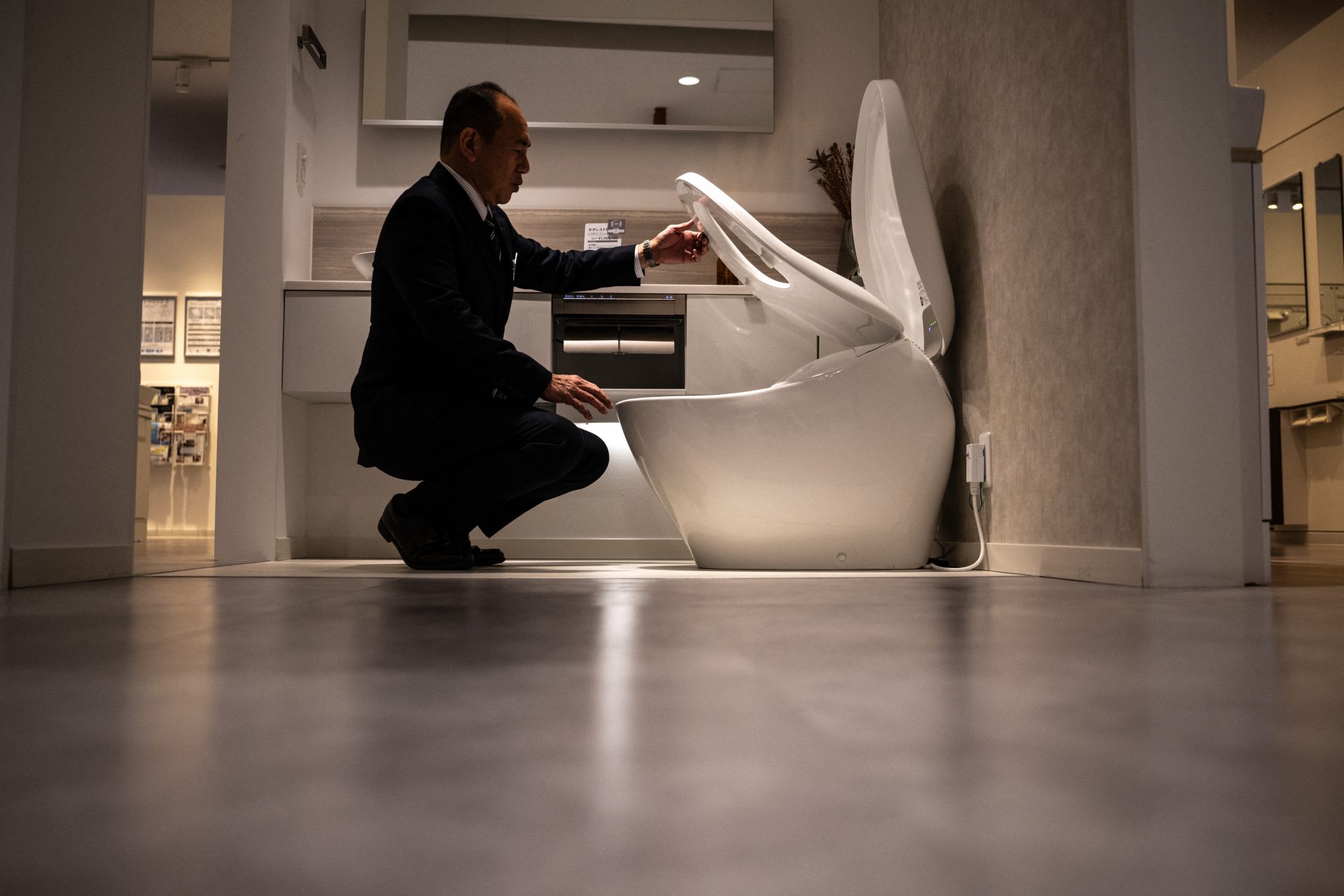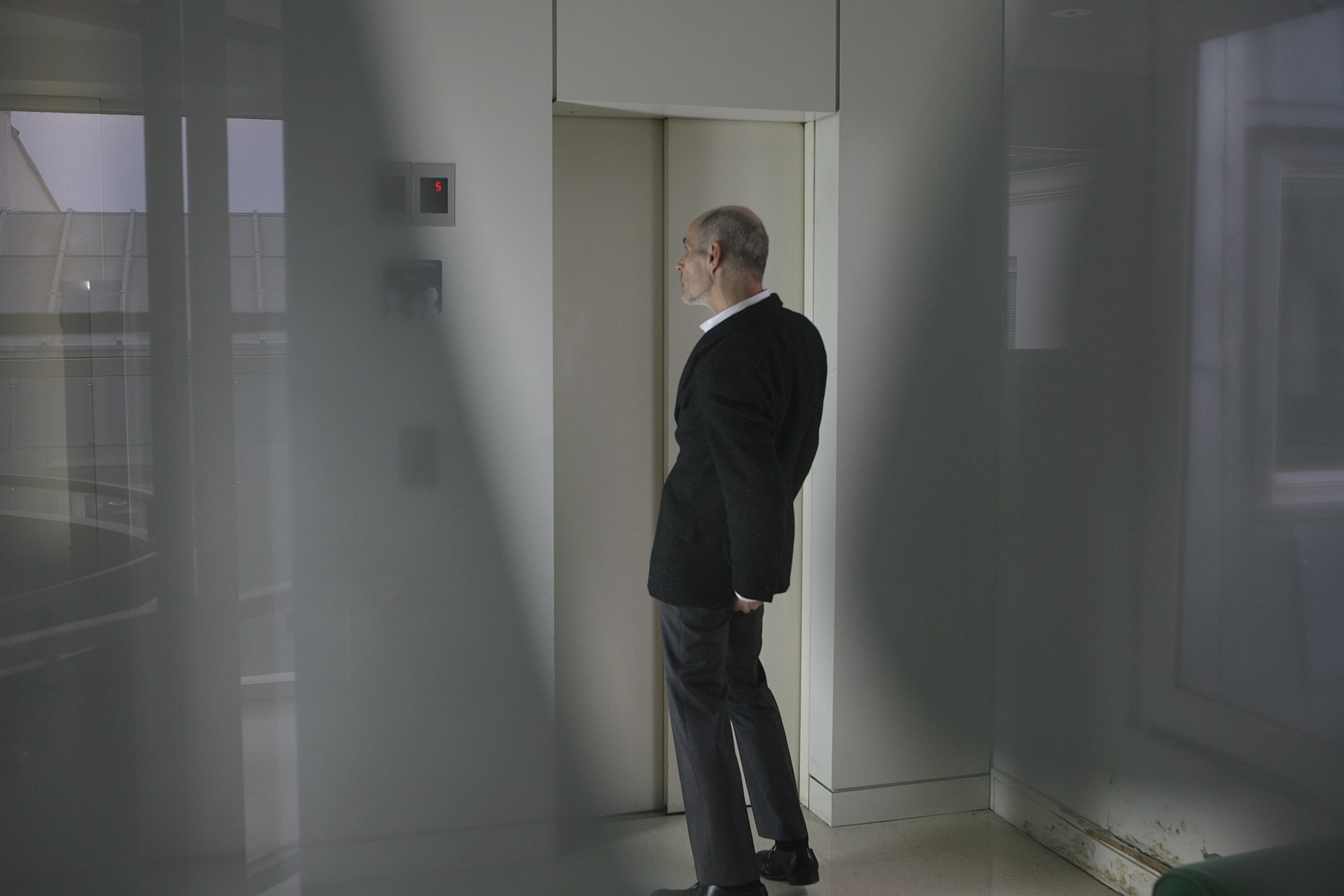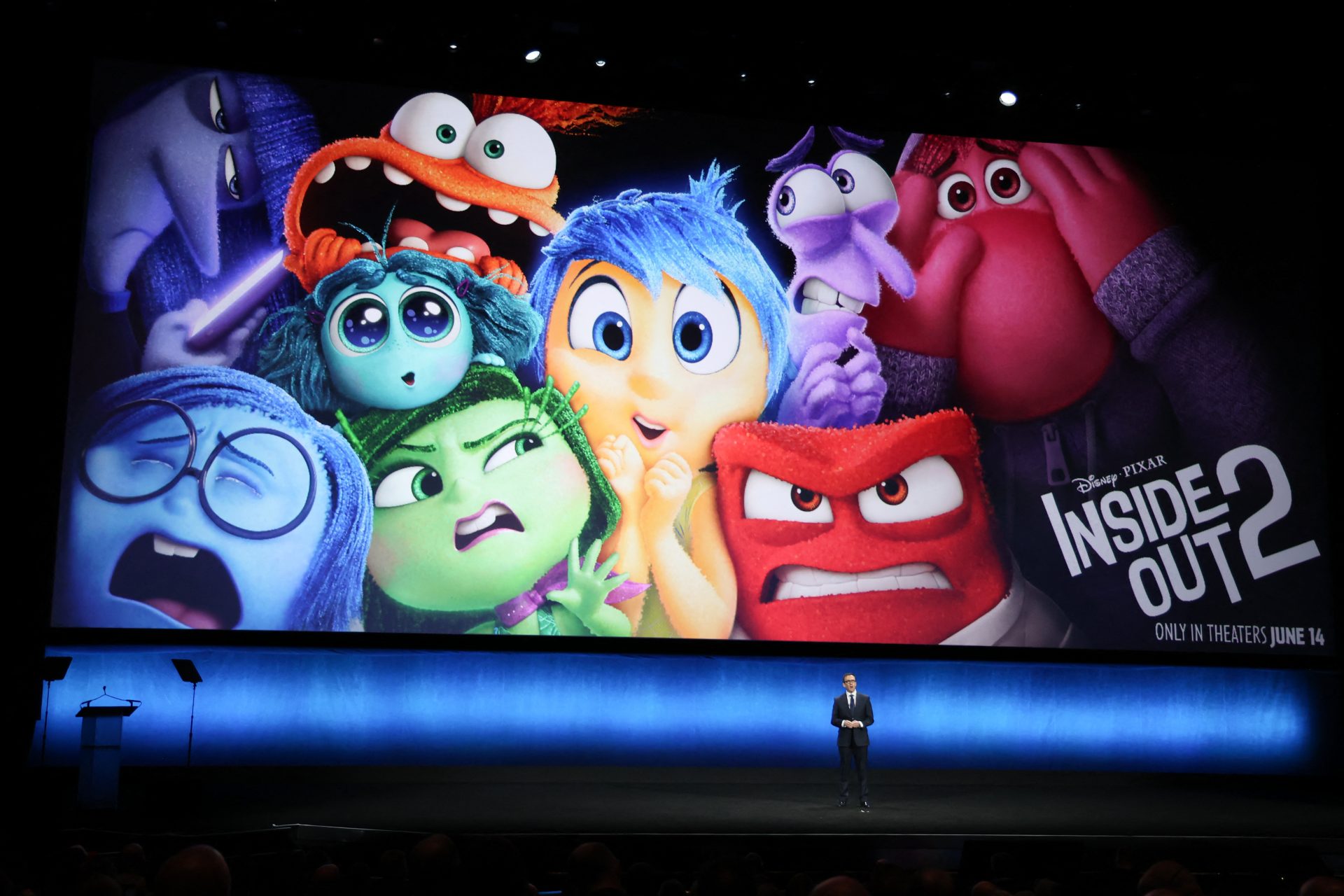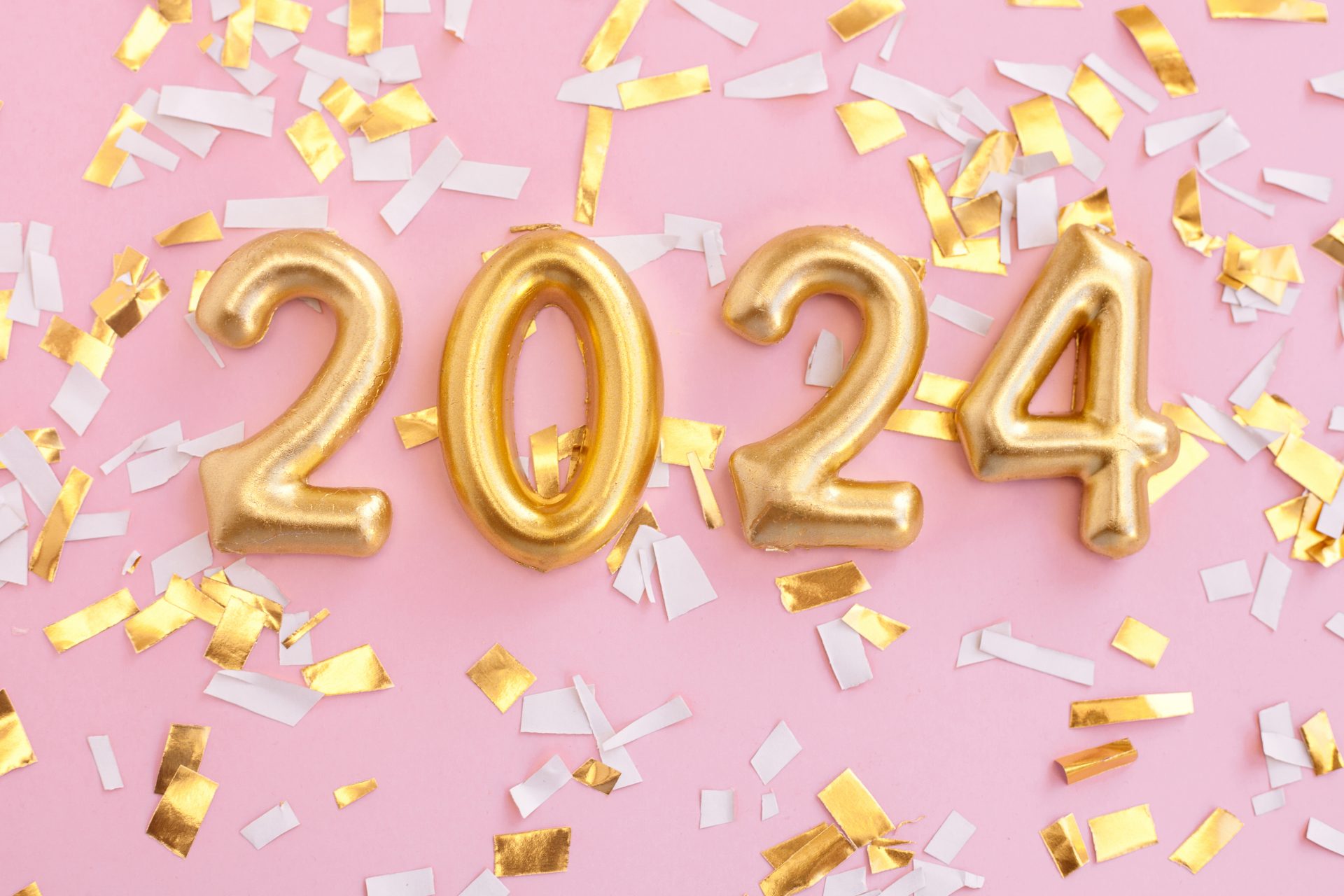Bidets and Japanese toilets: are they worth it?
For most people, a toilet has a single function that will go unnamed. However, there has been a recent surge in bidets and high-tech toilets that do everything from cleaning, heating and playing music... but, of course, they come at a cost. Let's dive into the pros and cons of these trendy bathroom accessories to see if they are really worth it.
Remember the toilet paper panic of early 2020? The pandemic spread around the world and people were most concerned that they wouldn't be able to keep their privates clean. Well, many clever people asked if they could forgo toilet paper altogether, and there was a massive boom in bidets and bidet-like attachments, according to Smithsonia Magazine.
Bidets have a long history dating back to 17th or 18th century France. By World War II, bidets had spilled across borders and became popular in the rest of Europe, the Middle East, Asia, and South America.
Image: La Toilette intime ou la Rose effeuillée by Louis-Léopold Boilly / Wikimedia Commons
Using a bidet can actually make you feel cleaner than using toilet paper alone, according to Wirecutter. Bidet maker Tusky sums it up, saying the device "helps prevent gross b u t t syndrome" though expert doctors say that is not a real health problem and there is no need to eliminate all microbes in the region.
Photo: Anna Shvets / Pexels
Adding a bidet to your bathroom can be a significant investment, both in terms of the cost of the appliance and the cost of installation. If you're on a tight budget, it may not be feasible. According to Forbes, the average cost for a bidet in the US in 2023 was $1,090 and you can expect to pay a plumber $300 to $600 to install it.
Photo: Max Vakhtbovych / Pexels
While it may seem expensive to install a bidet in your bathroom, Forbes says the fixtures are "good investments." Not only does it save money spent on toilet paper each month, but it can also increase the resale value of a home.
Image: Mathieu Stern / Unsplash
Americans use 36.5 billion rolls of toilet paper every year, representing the pulping of some 15 million trees, according to Scientific American. Its manufacturing involves 473 billion gallons of water, 253,000 tones of chlorine for bleaching, and 17.3 terawatts of energy. This all leads to deforestation, pollution, and greenhouse gas emissions.
Photo: Danilo Alvesd / Unsplash
According to a study of a university hospital in Japan, the vast majority of bidet toilets were found to be contaminated with bacteria such as Staphylococcus aureus and Streptococcus. This can increase the risk of infection for users, especially if the bidet is not properly cleaned and for public use.
Photo: CDC / Unsplash
An estimated 1-5% of the population has pruritus ani: a mysterious condition that causes itchy behinds. If there's no underlying cause, one 2011 scientific study found that it's best to remove anything that can irritate the region, toilet paper included.
Adding a bidet to your bathroom can make it feel more like a luxury spa. Plus it you'll have the luxury of never having to worry about running out of toilet paper... even during a pandemic. It's the ultimate indulgence for your bathroom.
Photo: Max Vakhtbovych / Pexels
Separate bidets can be quite large and take up a significant amount of space in your bathroom. If you have a small bathroom, you may not have enough room to install a bidet, though that's where the Japanese toilets come in handy.
Photo: Francesca Tosolini / Unsplash
Bidets can be easier for seniors or those with mobility issues to use. It can be difficult for some individuals to reach and properly clean themselves after using the toilet, and experts say bidets can provide an easier and more hygienic option for these individuals.
Photo: David Monje / Unsplash
If you're not used to using a bidet, it can take some time to get the hang of it. You may need to experiment with different water pressures and angles to find what works best for you. This can be frustrating and time-consuming, and maybe you’ll never find a way that you like.
Photo: Matt Forfar / Unsplash
A study by the Journal of Reproduction and Contraception found that habitual use of bidets may disturb the healthy bacteria in the nether regions known as Lactobacillus. This can increase the risk of infections such as bacterial va g i n o s i s.
Photo: Brooke Cagle / Unsplash
A study in Japanese hospitals found that participants who used a toilet bidet had much cleaner hands after going to the bathroom than the toilet paper group. Not only can f e c a l matter spreading from your hands make you sick, but it can also infect others, especially if you’re a food handler.
Photo: Lina Trochez / Unsplash
Nurse Susan Wong told Smithsonian Magazine that bidets are especially helpful for people with sensitive undersides caused by over-wiping. It can provide relief and avoid irritation for people suffering from Crohn’s disease or colitis, anyone with diarrhea, or chronic over-wipers.
Bidets are popular in Arab countries because they facilitate compliance with Islamic cleaning etiquette, which stipulates that the a n u s must be cleaned with water. Before bidets were invented, and still today, many Muslims use a lota: a hand-held vessel designed to flush out the region.
Photo: Levi Meir Clancy / Unsplash
Pregnant women often experience issues with constipation and hemorrhoids, which some evidence has shown may benefit from bidets. And as their bellies grow, it can become uncomfortable to reach to wipe. After childbirth, pregnant women also report bidets being a better option when recovering from stitches or tears.
A study by the American Journal of Obstetrics and Gynecology found that pregnant women who were deemed "high-risk" and used bidets regularly were more likely to give birth before their due dates. To be safe, pregnant women are recommended to exercise caution when using bidets. A different study from Japan, however, found that bidets are safe for the expecting.
Photo: Vidal Balielo Jr. / Pexels
Colorectal surgeon at the University of South California Marjun Duldulao told Smithsonian that a fancy bidet is unnecessary. She said other techniques like a shower wand, a lota, a peri bottle, or a water bottle with a pop-up top basically do the same thing.
If you are committed to a bidet, you'll still have to grapple with a huge array of choices, first starting with a separate bidet, toilet bidet or bidet toilet attachment. The 'Cadillac' of bidets is widely considered to be full-featured electric toilet bidets that do everything from warming your behind to deodorizing. For those, you'll probably have to splurge on an electrician too.
Ultimately, whether or not you decide to add a bidet to your bathroom is a personal preference as the science is not totally clear. Some people love the luxury and cleanliness of a bidet, while others prefer the simplicity of old-fashioned toilet paper or a cheaper option. There’s no right or wrong answer, so it’s important to consider your own needs and preferences when deciding if a bidet is right for you.

































